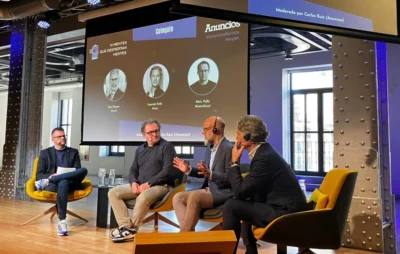Gamification in marketing and interactive engagement
Gamification in marketing uses game design elements to turn static touchpoints into interactive experiences. Points, badges, levels, and progress bars give users clear goals and instant feedback. That structure encourages repeat visits and deeper time on site. When customers feel progress, they return to complete challenges, unlock perks, and share results. The effect is higher session depth and stronger brand recall. Short cycles of action and reward reduce friction and keep attention focused on the brand experience.
Why playful content drives motivation and loyalty
Playful mechanics work because they connect with intrinsic motives such as mastery, autonomy, and social connection. Challenges frame tasks as achievable steps. Feedback loops acknowledge effort and guide the next action. Leaderboards and team goals add a social layer that sustains interest beyond the first interaction. When rewards align with real value—access, utilities, or meaningful recognition—customers develop lasting habits around the brand. Loyalty programs gain momentum when tiers, streaks, and seasonal quests make progress visible and rewarding.
Gamification in marketing for data and personalization
Every tap, choice, and completion generates first-party signals. Brands can segment users by behaviors rather than assumptions. With consent, those insights refine creative, timing, and offers. Completion rates reveal which challenges are too easy or too hard. Drop-off points flag friction in forms or checkout. Over time, campaigns adapt to each cohort: new users see simple missions; power users unlock expert paths. This continuous calibration improves relevance while keeping the experience fair and transparent.
Designing sustainable, ethical game loops
Effective designs balance novelty with clarity. Simple rules reduce cognitive load; fresh content prevents fatigue. Caps on notifications and cool-downs avoid pressure tactics. Progress must be recoverable, so setbacks never feel punitive. Accessibility matters: readable typography, color-safe signals, and alternatives to rapid tapping widen participation. Measuring not only clicks but also satisfaction and retention helps teams retire weak mechanics and scale the ones that create value without exploiting attention.
Source: Heliyon





